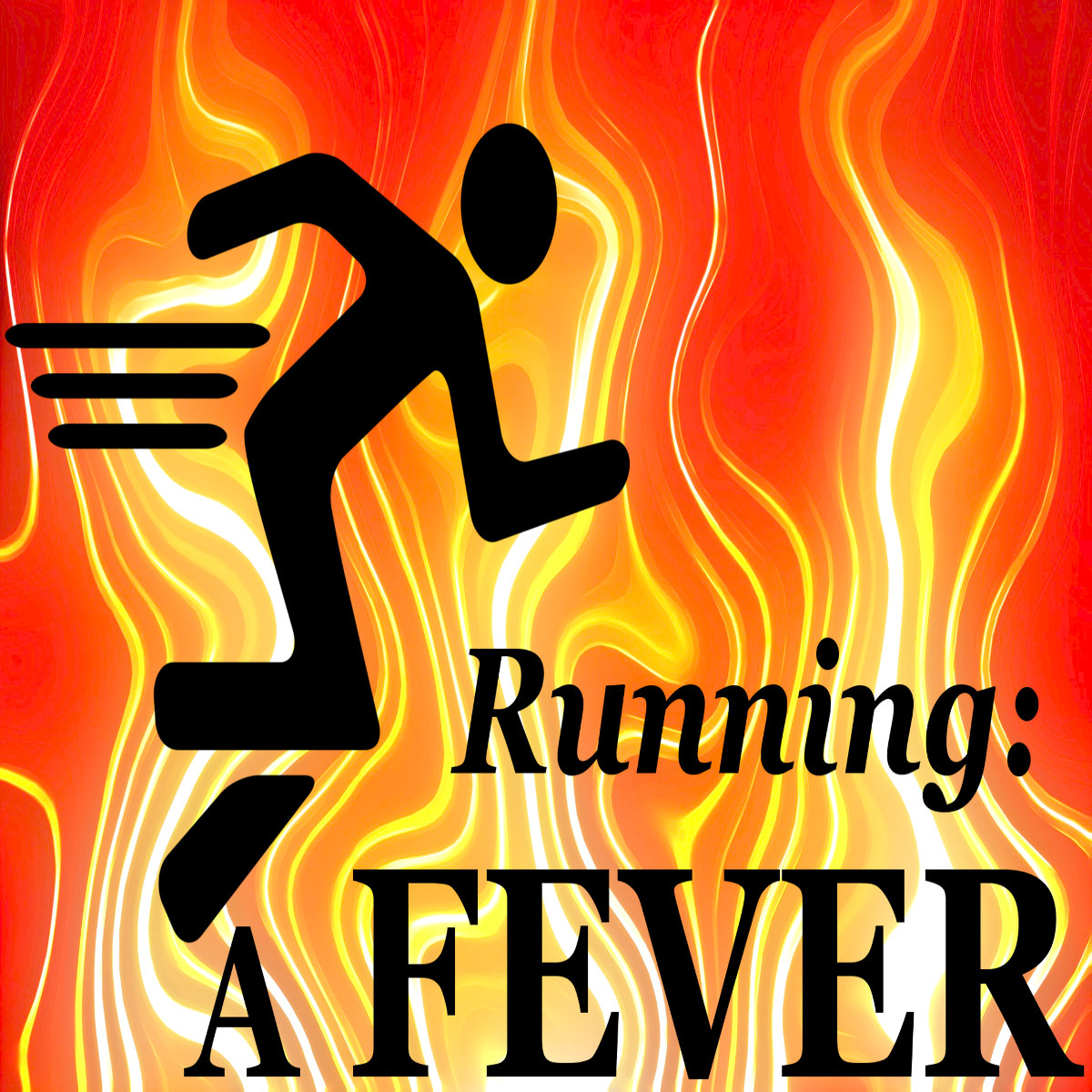I always liked those commercials with Wilford Brimley about DIE-UH-BEET-US. Kind of funny. But for all those people who suffer from the disease, of course, it is no laughing matter. It can be pronounced DIE-A-BEET-IS or DIE-A-BEET-EASE. The full name is Diabetes Mellitus The name comes from the Greek diabetes meaning siphon, and the Latin mellitus meaning sweet.
People who have diabetes have an impaired ability to produce or respond to the hormone insulin, which regulates metabolism of carbohydrates. This causes elevated levels of glucose in the blood and urine. There are several types, and we’ll take a look at each of these.
The disease affects about 463 million people worldwide, and the trend is toward an increase in the rate, which currently amounts to almost 9% of the adult population.
So you may be asking, “Why do I care?” Basically, how can this disease harm me? Well, here are some of the problems that can develop as a result of diabetes, both short term, and long term:
1. Diabetic ketoacidosis. I won’t go into the process, but DKA, as it is called, decreases the blood’s pH, causing dehydration, rapid breathing, and severe abdominal pain, and can lead to hypotension (unhealthy low blood pressure), shock, and death.
2. Hypoglycemia hyperosmolar state (HNS). Symptoms are similar to DKA. Additionally, dangerous levels of electrolyte imbalance are common, and progression to coma is possible.
3. Hypoglycemia, which is just low blood sugar. Symptoms are agitation, sweating, weakness, feeling of dread and panic, loss of consciousness, coma, seizures, and death.
4. Diabetic coma.
Okay, hopefully by now you’re convinced this is serious enough to get some more info. So let’s move on.
There are two main types of diabetes, and some others:
Type 1
In type 1 diabetes, the body simply does not produce insulin. This means the body’s cells do not get the fuel they need in the form of glucose. Insulin controls the metabolism of blood sugar. Treatment requires insulin injections. Prior to the 1980s, insulin for the treatment of diabetes came from the pancreases of pigs and other animals. Today it is produced by biotechnology firms using designer microorganisms.
Type 2
This is the most common form. In type 2, the body doesn’t use insulin properly. Except for those with double diabetes, people with type 2 diabetes do produce insulin. Treatment can include insulin, or it can be treated with drugs like metformin. Some people with type 2 diabetes can manage it solely with a proper diet.
Now if you’ve been around awhile, you may have heard type 1 referred to as childhood-onset diabetes, juvenile diabetes, and insulin-dependent diabetes mellitus (IDDM). In the past, type 2 has been called adult-onset diabetes, obesity-related diabetes, and noninsulin-dependent diabetes mellitus (NIDDM). Now, they are just known as type 1 and type 2.
Other types include gestational diabetes, maturity-onset diabetes of the young (MODY), genetic mutations and abnormal insulin, diabetes caused by various diseases of the pancreas, steroid diabetes. And when someone with type 1 develops type 2, this is called double diabetes. You can read up about all of these, but the most important thing about these other forms is to get an annual physical, which should reveal any risk of these.
Prevention:
There is no known way to prevent type 1 diabetes. There is a very informative article on the Mayo Clinic site which gives some tips for the prevention of type 2.
1. Get more exercise. Studies show that both aerobic exercise and resistance training (weight lifting) can help control diabetes. Exercise boosts your sensitivity to insulin. By the way, you can check your insulin resistance at your annual physical. Check with your doctor to make sure that’s included in the blood tests.
2. Get plenty of fiber. You get fiber in whole fruits, vegetables, beans, whole grains, and nuts. I have mentioned before that a healthy amount of fiber in your diet can dramatically decrease your risk of death from cardiovascular disease, the number one killer. Turns out it also helps regulate blood sugar and can help you lose weight by making you feel more full, so you eat less.
3. Go for whole grains. Whole grains can reduce your risk of diabetes and help maintain a healthy blood sugar level. There is no known reason for this. Fortunately, this is pretty easy to do. I get whole-grain crackers, hamburger buns, and bread in my grocery store.
4. Lost extra weight. If you are overweight or obese, losing just a few pounds can decrease the risk of diabetes by as much as 60%.
5. Skip fad diets and just make healthier choices. This is something, as you know, that I have always advocated. Become an expert at your own health and make changes as you can, form habits, and make it easier for yourself to be and stay healthy.
As always, check the references in the show notes at runningafever.com/249. Everyone should probably check out diabetes.org, but there are some other good sources of info as well.
The rate of diabetes occurrence is such that everyone should take the risk of getting it seriously. You should get screened, but keeping diabetes at bay really doesn’t require anything out of the ordinary. All the things you do to reduce stress, keep your heart healthy, prevent dementia, and just generally improve your health, can also help keep diabetes at bay.
References:
https://www.diabetes.org/
https://medlineplus.gov/diabetes.html
https://en.wikipedia.org/wiki/Diabetes
https://www.google.com/search?q=pronounce+diabetes+miletus&rlz=1C1GCEB_enUS870US870&oq=pronounce+diabetes+miletus&aqs=chrome..69i57j0i13i457j0i5i13i30.8831j0j7&sourceid=chrome&ie=UTF-8#kpvalbx=_Ctn5X7DDMsaOtQWi1ZbwCw16
https://www.google.com/search?q=diabetes+etymology&rlz=1C1GCEB_enUS870US870&oq=diabetes+ety&aqs=chrome.0.0i457j69i57j0l2j0i22i30l4.3647j0j7&sourceid=chrome&ie=UTF-8
https://www.mayoclinic.org/diseases-conditions/type-2-diabetes/in-depth/diabetes-prevention/art-20047639
http://www.diabetesforecast.org/2013/jul/making-insulin.html
